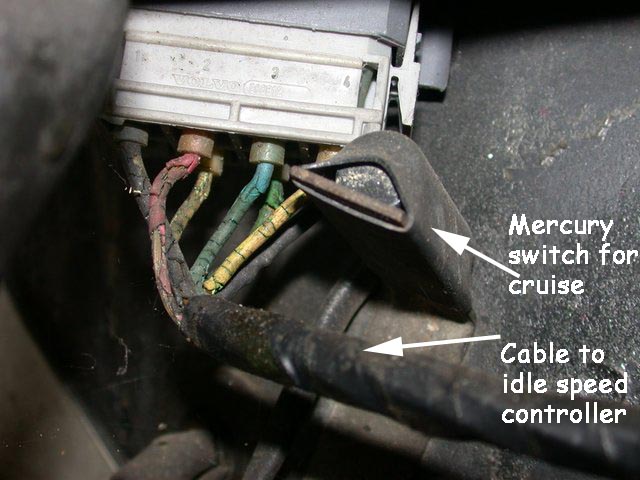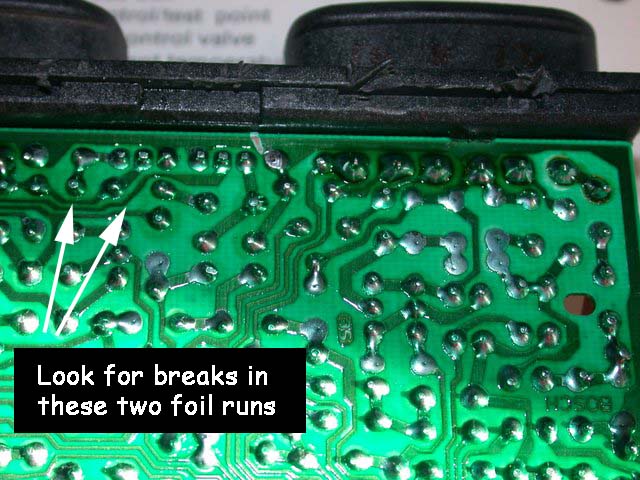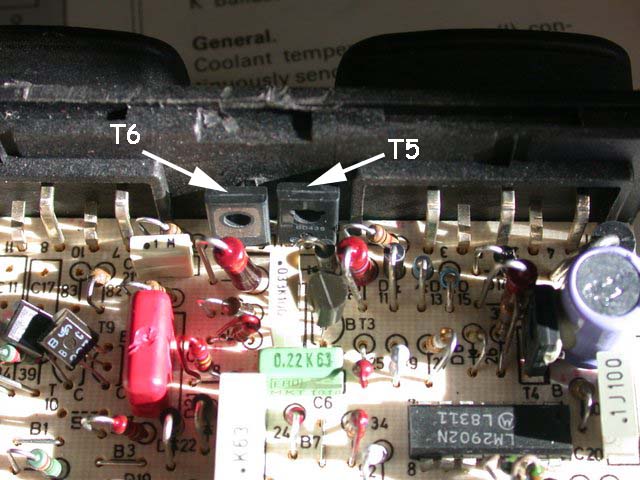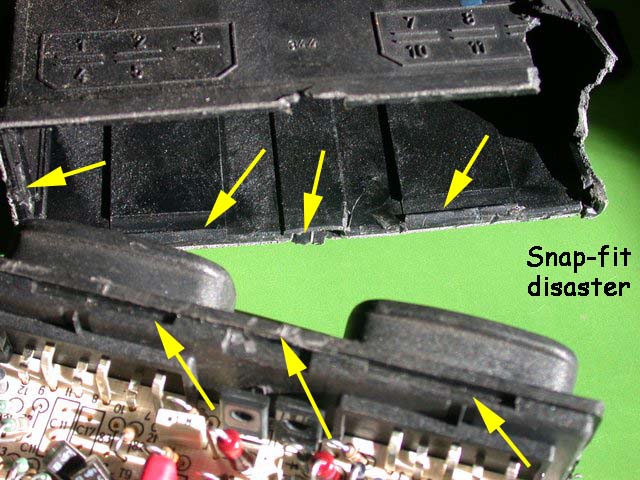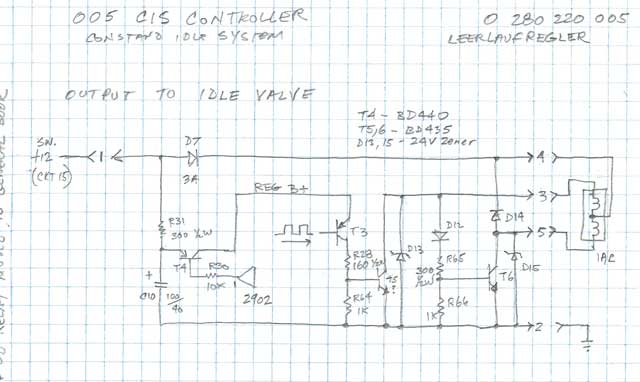4-cyl
In too deep
- Joined
- Aug 23, 2008
- Location
- Seattle, WA
1983 245 turbo m46
Trying to figure out a sudden high idle issue.
The car was perfectly happy, idling at around 900-1050rpm. Then, fuse #13 blew the other day when I was driving, and the car immediately shut off. Stupidly without extras in the car, I replaced it with the fuse from fuse #1, and the car started and idled /chugged at ~500rpm.
I did all of the electrical tests in the Bentley. Pin #5 was showing nothing. I took everything apart, and realized that pin #5 had come loose from the plug. I snapped everything back together, and since I had a replacement IAC from @john242ti, I threw that in there as well. I tested the IAC before installing it, and I was getting ~12 ohms between 3-4 and 4-5. Just for kicks, I tested the original IAC and got practically the same result.
Now that I have the car together, it's now idling at 900 on cold start, but as the car warms up, the idle raises to around 1500-1800rpms.
Questions:
1) Am I missing something here? Everything in the Bentley is based on having too low of an idle--not too high. I am quite sure there are no loose vacuum lines since it was just fine before.
2) The Bentley calls for "approximately 20 ohms" on the IAC valve. Is the 12 ohms I'm seeing good enough?
3) I read that the CIS ECU can get "burned" if there is a short in the system. Could this be my problem? How does the ECU come apart? I can't seem to get it open.
4) Is there a way to test the ECU?
5) Anyone have a turbo ECU lying around?
**For posterity, this happened on the first drive after I replaced the brake junction block and bled the brakes. Everything is 100% in the brake system now, so I can't imagine this has had an effect, but...
Thanks in advance!
Trying to figure out a sudden high idle issue.
The car was perfectly happy, idling at around 900-1050rpm. Then, fuse #13 blew the other day when I was driving, and the car immediately shut off. Stupidly without extras in the car, I replaced it with the fuse from fuse #1, and the car started and idled /chugged at ~500rpm.
I did all of the electrical tests in the Bentley. Pin #5 was showing nothing. I took everything apart, and realized that pin #5 had come loose from the plug. I snapped everything back together, and since I had a replacement IAC from @john242ti, I threw that in there as well. I tested the IAC before installing it, and I was getting ~12 ohms between 3-4 and 4-5. Just for kicks, I tested the original IAC and got practically the same result.
Now that I have the car together, it's now idling at 900 on cold start, but as the car warms up, the idle raises to around 1500-1800rpms.
Questions:
1) Am I missing something here? Everything in the Bentley is based on having too low of an idle--not too high. I am quite sure there are no loose vacuum lines since it was just fine before.
2) The Bentley calls for "approximately 20 ohms" on the IAC valve. Is the 12 ohms I'm seeing good enough?
3) I read that the CIS ECU can get "burned" if there is a short in the system. Could this be my problem? How does the ECU come apart? I can't seem to get it open.
4) Is there a way to test the ECU?
5) Anyone have a turbo ECU lying around?
**For posterity, this happened on the first drive after I replaced the brake junction block and bled the brakes. Everything is 100% in the brake system now, so I can't imagine this has had an effect, but...
Thanks in advance!

